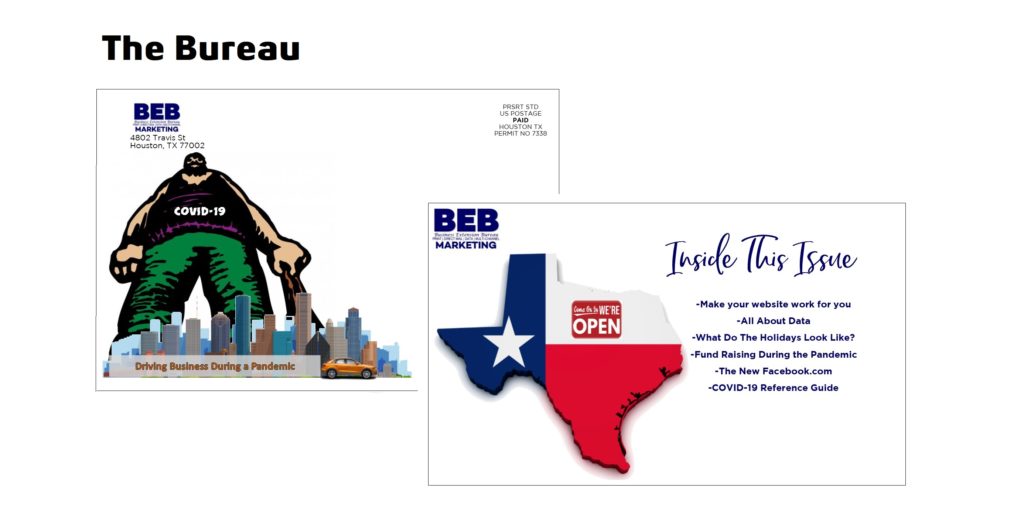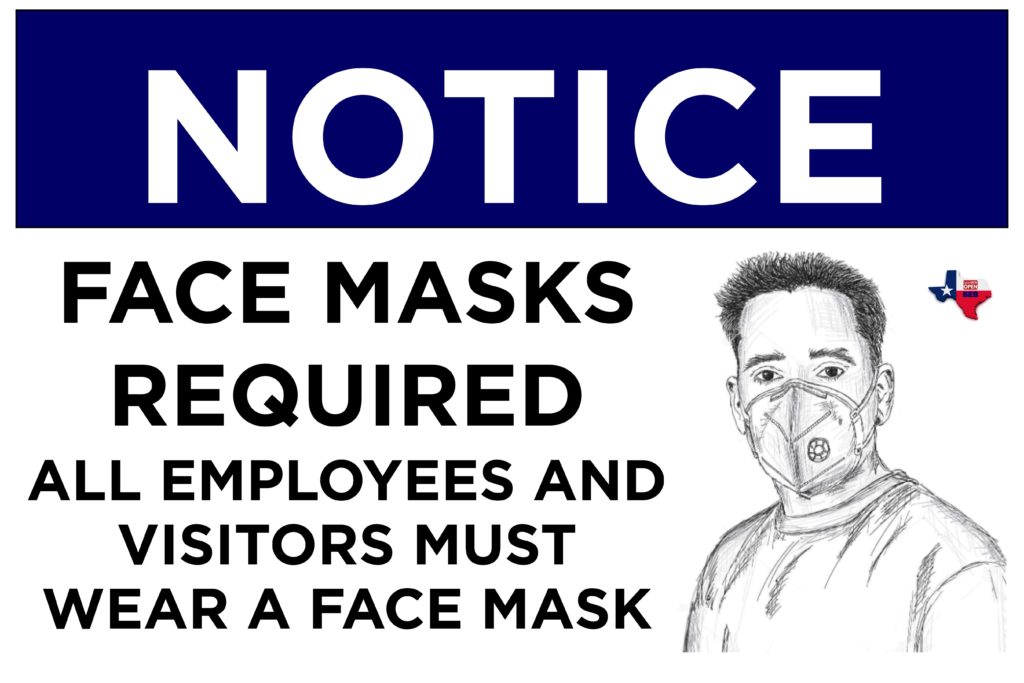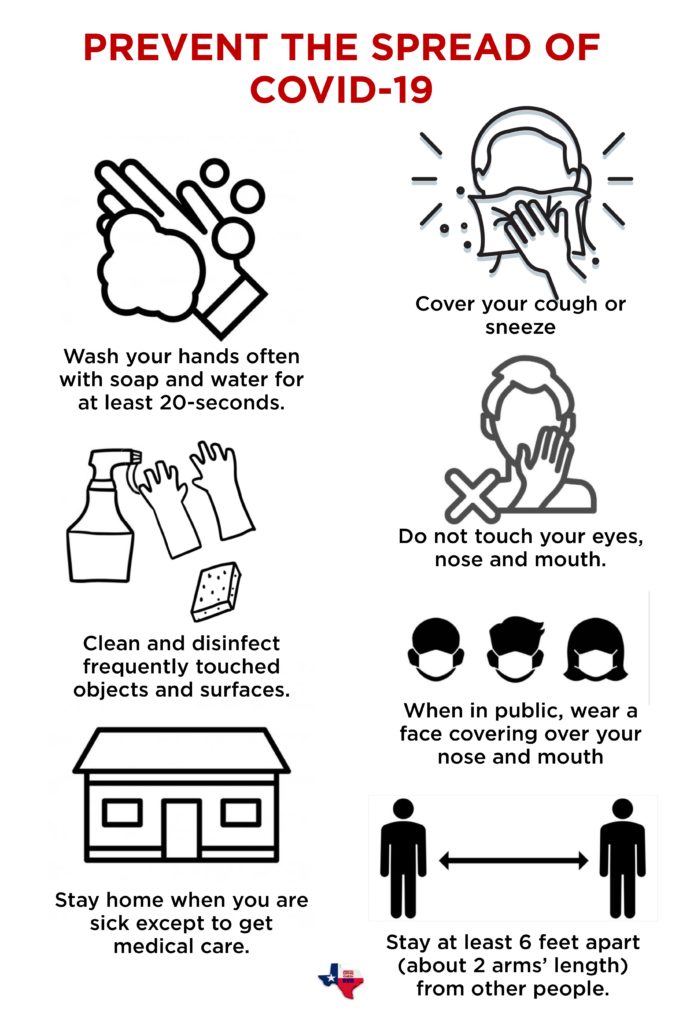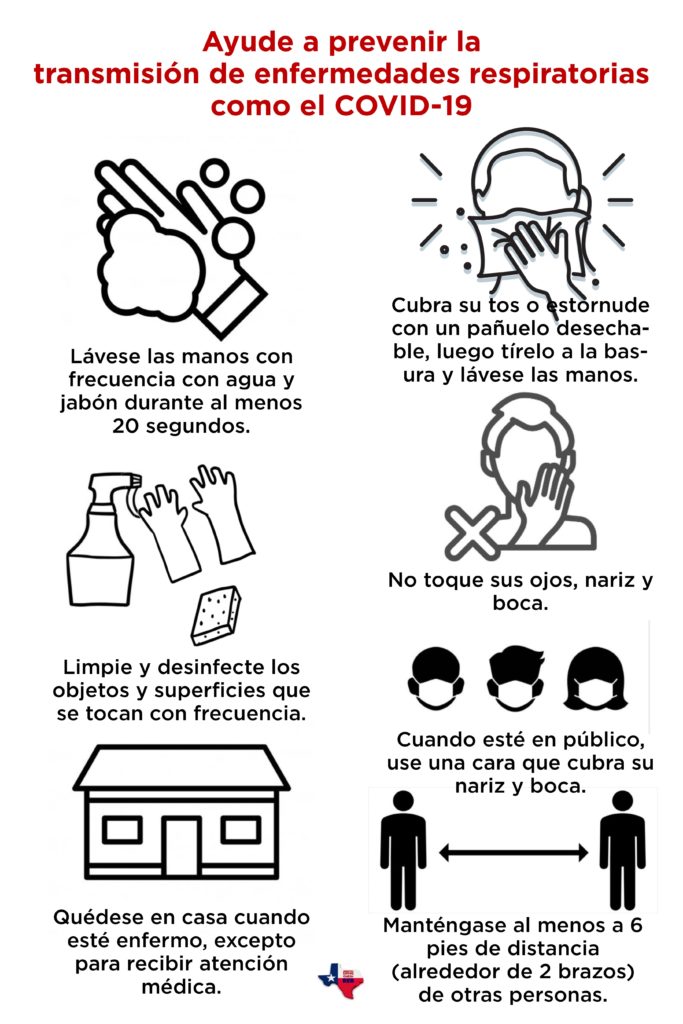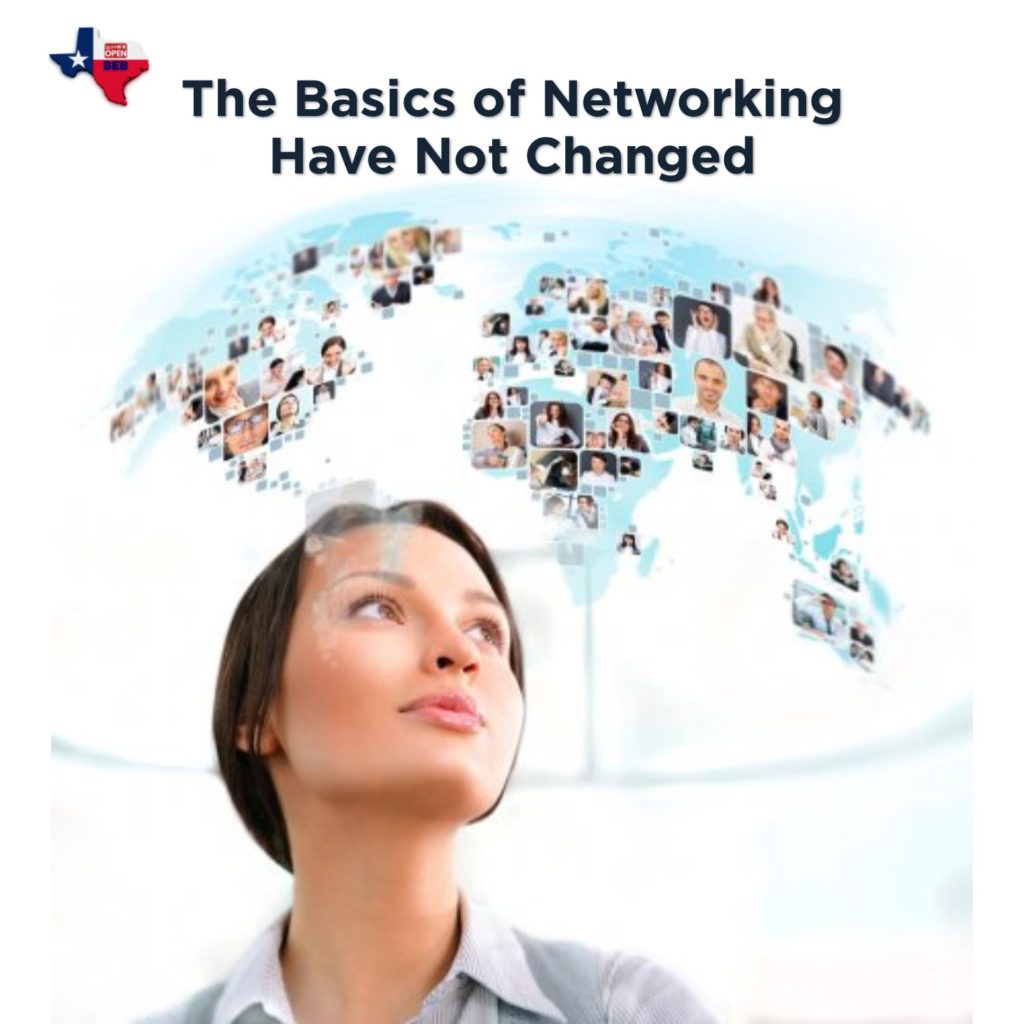 Networking is to continually establish connections to generate business and feed our growth, professionally. It is an essential part of the sales and service cycle for every business. However, in our current climate, it seems impossible to do…or is it? The basics of networking have not changed, even during a pandemic that requires social distancing.
Networking is to continually establish connections to generate business and feed our growth, professionally. It is an essential part of the sales and service cycle for every business. However, in our current climate, it seems impossible to do…or is it? The basics of networking have not changed, even during a pandemic that requires social distancing.
Developing and deepening relationships during this time is absolutely possible. Below are 4 easy ways to approach networking and help your business grow during these troubling times:
Prioritize Quality of Quantity
Networking has never been about casting a wide net around a large group of people. It’s about making connections to people and businesses that are likely to engage or support your business. You’re searching for potential clients or vendors. If you network with 250 people/businesses and only 10 are likely to engage or support your business, you have been wasting a lot time, money, and energy. It’s much more productive to engage 10 people on a regular basis, rather than 250 occasionally.
Unsubscribe from email lists from companies that are filling up your inbox with emails you only delete or don’t read. This will help prevent friends and colleagues emails from “getting lost” in the shuffle. Comment, reply and share posts on social media from the people/companies you have identified are a potential partners and customers, and do it often.
Stay True to You
If you aren’t your true, authentic self while networking, you are selling yourself and your client short. If you have a sense of humor, use your sense of humor. If you are a little irreverent, you should be a little irreverent. Networking is about being human. And the idiosyncrasies surrounding your humanness is what makes you interesting and is foundation for building trust.
Also, don’t forget to give your networking contact the license to be themselves too.
Help Others to be Heard
Instead of competing for the spotlight to focus on you or your business, try amplifying other peoples voices instead. People are drawn to those who are unselfish, especially in the business world, and are often most willing to reciprocate. Help to promote an event, or share a testimony within your social media or online circle, and lend hand to those potential partners and clients. They will remember it, and in the course of that simple action, you are building trust.
Search for Ways to Service Your Network
This requires one to think out of the box. A good networker is a very good listener. Most people will tell you exactly what they need if you are willing to hear it. A new connection is participating in a community project over the weekend, can you offer to print some signs to help promote the event? Can you post the event on your website, blog, or social media pages? Even it’s not part of your core business, find ways to simplify projects or solve a person’s problem and your networking will turn a prospect into a client.

